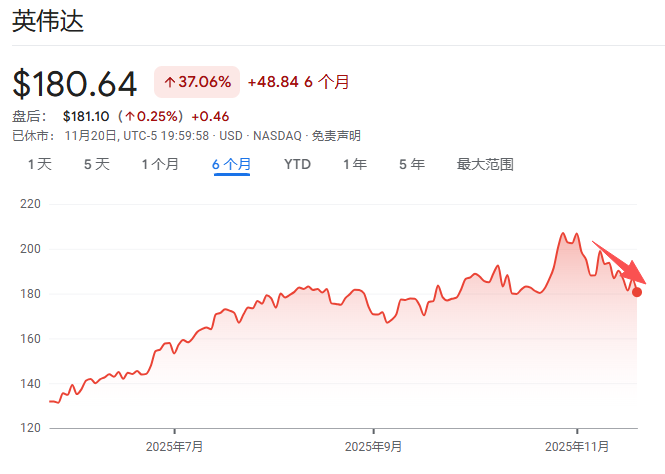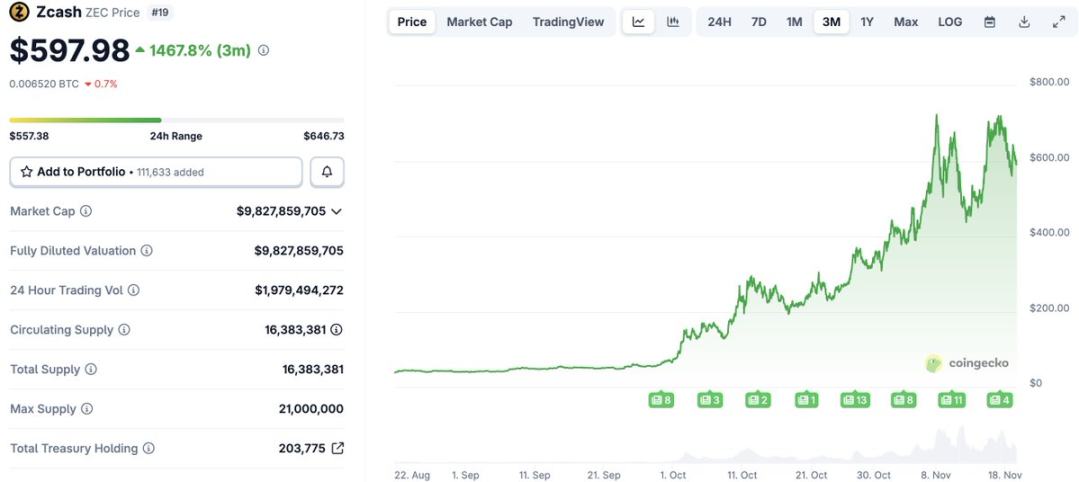- Mechanism Capital’s Andrew Kang warns that ETH treasury strategy firms may underperform like ETH ETFs, which failed to meet high demand expectations
- He predicts many will trade at significant net asset value (NAV) discounts by 2026 due to low adoption
- Despite a recent $281 million ETF inflow, Kang believes most ETH investment products won’t perform
Andrew Kang, a leading cryptocurrency market analyst and partner at crypto investment platform Mechanism Capital, has warned that Ethereum Treasury Strategy firms may go the same way as the ETH exchange-traded funds (ETFs) – a wave of excitement followed by underwhelming success.
In a recent post on X, he likened the anticipated fate of ETH treasury companies to that of the much-hyped spot ETH ETFs, which received approval from US regulators last year. Despite initial market optimism, early ETF trading volumes have been modest at best, giving way to harsh market reality.
A Parallel to the Underwhelming Spot ETH ETF Launch
This has led many to reassess their expectations for institutional demand. As Kang wrote, “demand expectations [are] much higher than reality.” In other words, companies adopting an ETH treasury strategy may experience similar disillusionment that followed the introduction of spot ETH ETFs.
In addition to extreme hype and underperformance, he told his readers to “expect most to be trading at significant NAV discounts by next year.” With this, he was referring to the net asset value (NAV), which represents the underlying value of assets held by a fund or company.
What happened to ETH ETFs?
Indeed, Kang’s arguments are not without merit. Much like was the case with ETFs, if the demand doesn’t materialize in line with expectations, these vehicles may trade below the value of the ETH they hold. They would end up with a compelling pitch but disappointing adoption.
In a related earlier post, Kang argued that many public ETH vehicles would struggle to deliver returns comparable to simply holding ETH. He also pointed out they could be exposed to structural inefficiencies and low liquidity, stating that an ETH ETF would not provide much upside “unless Ethereum develops a compelling pathway to improve its economics.”
Meanwhile, the broader market may now appraise these treasury firms with a more critical eye. With ETH ETFs still dragging their feet in Kang’s view, the initial euphoria seems to have given way to harsh market realities, and a disconnect has appeared between expected and actual flows.
The Counterpoint: A Recent Surge in ETF Inflows
That said, the final chapter on ETH ETFs may not be written yet. After a period of underperformance, Ethereum ETFs have recently witnessed an increase in inflows, with $281.3 million in the first week of June.
This indicates that institutional interest may be strengthening, a development that could provide a more positive outlook for both the ETFs and the price of ETH itself.
All things considered, if Kang’s prediction proves correct, 2026 could be the year Ethereum-native investment products face their biggest test yet – not just from regulators, but from the market itself, which is rarely forgiving.
Disclaimer: The information presented in this article is for informational and educational purposes only. The article does not constitute financial advice or advice of any kind. Coin Edition is not responsible for any losses incurred as a result of the utilization of content, products, or services mentioned. Readers are advised to exercise caution before taking any action related to the company.



